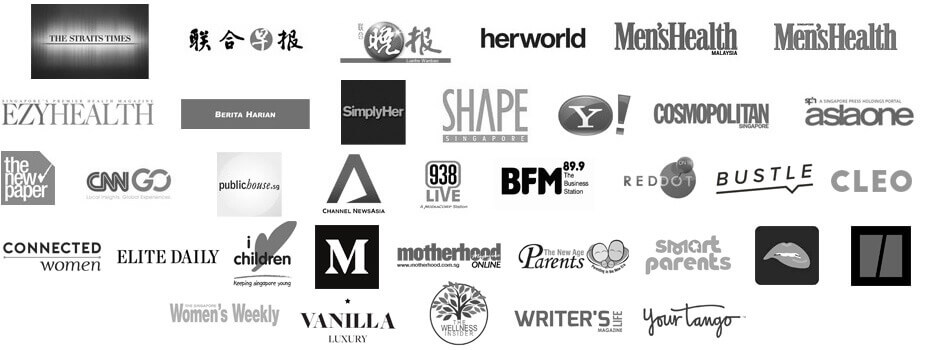This article first appeared on The Online Citizen where I am a contributor.
I didn’t know I had a vulva until I went to sex school.
Don’t get me wrong. Of course, I do have a vulva (pronounced as ‘vuhl-vah’) and a vagina (pronounced ‘vha-gine-a’). I just didn’t know what they were called. I couldn’t even pronounce the word penis (pronounced as ‘pee-nis’) for that matter and called it incorrectly as ‘pen-is’.
For the longest time, I was calling the whole area ‘no nok’ because that was what my mother said it was. For the purposes of this article, I asked my parents how to spell it and realised that what I always assumed was a Teochew word is in fact Malay!
My sexuality school was the Institute for Advanced Study of Human Sexuality in San Francisco, California, U.S.A. Sexual anatomy was one of the first things we covered. Even then, I was confused about the difference between the vulva and the vagina and was too embarrassed to admit it. Needless to say, I had a lot of catching up to do.
Now, sexual anatomy is something I talk to my clients about on a daily basis. Without knowing what is ‘down there’ and resorting to using pet names or blushing every time we refer to our private parts, just how comfortable can one be with one’s sexuality, much less sexual expression? For some people, knowing and referring to our private parts by their proper names is their first step to truly owning their sexuality.
So I tell them, with a straight face, what is what and where, utilising diagrams. Some of the braver ones admit they are still confused, and seeing that they are such keen learners, I get cyber skin replicates of the male penis and female vulva out. Their eyes invariably widen. Sometimes, a glaze comes over their eyes as I launch into my speech again. I wonder whether they are absorbing the information or are overwhelmed by the surreality of the moment.
Yet I plod on. At times, I might quiz them to make sure they remember the terms correctly. Other times, I send them home with web links to navigate as home assignments.
When I first started my practice and ran previews explaining my work, I was told by well-meaning friends to skip the part about the anatomy altogether. Make it more fun, more humorous, more interactive, they suggested.
Skip anatomy? Why should I? I see myself as a sexuality educator, among the many other roles I play. Unbeknownst to my clients, talking about anatomy is actually the first step to the desensitisation process – an important one in becoming more comfortable with our sexual self and talking about it. When you talk about sex and the anatomy involved in sex using factual, scientific and accurate language, you demystify it. By calling a spade a spade, sex is no longer the elephant in the room and no longer a taboo subject. Also, this might be my only chance to provide the correct anatomical names, including the pronunciation.
Having done the anatomical talk many times now, I am better at it – more fun, more humorous, more interactive, but I am still and will still be talking about our pink bits. Say ‘vulva’. Try ‘vagina’. How about ‘penis’? Great job, class!
__________________________________
Dr Martha Lee is the founder and Clinical Sexologist of Eros Coaching, and is a certified sexologist with a Doctorate in Human Sexuality who provides sexuality and relationship coaching for individuals and couples, conducts sexual education workshops, and speaks at various public events.

 Become a Patron!
Become a Patron!
